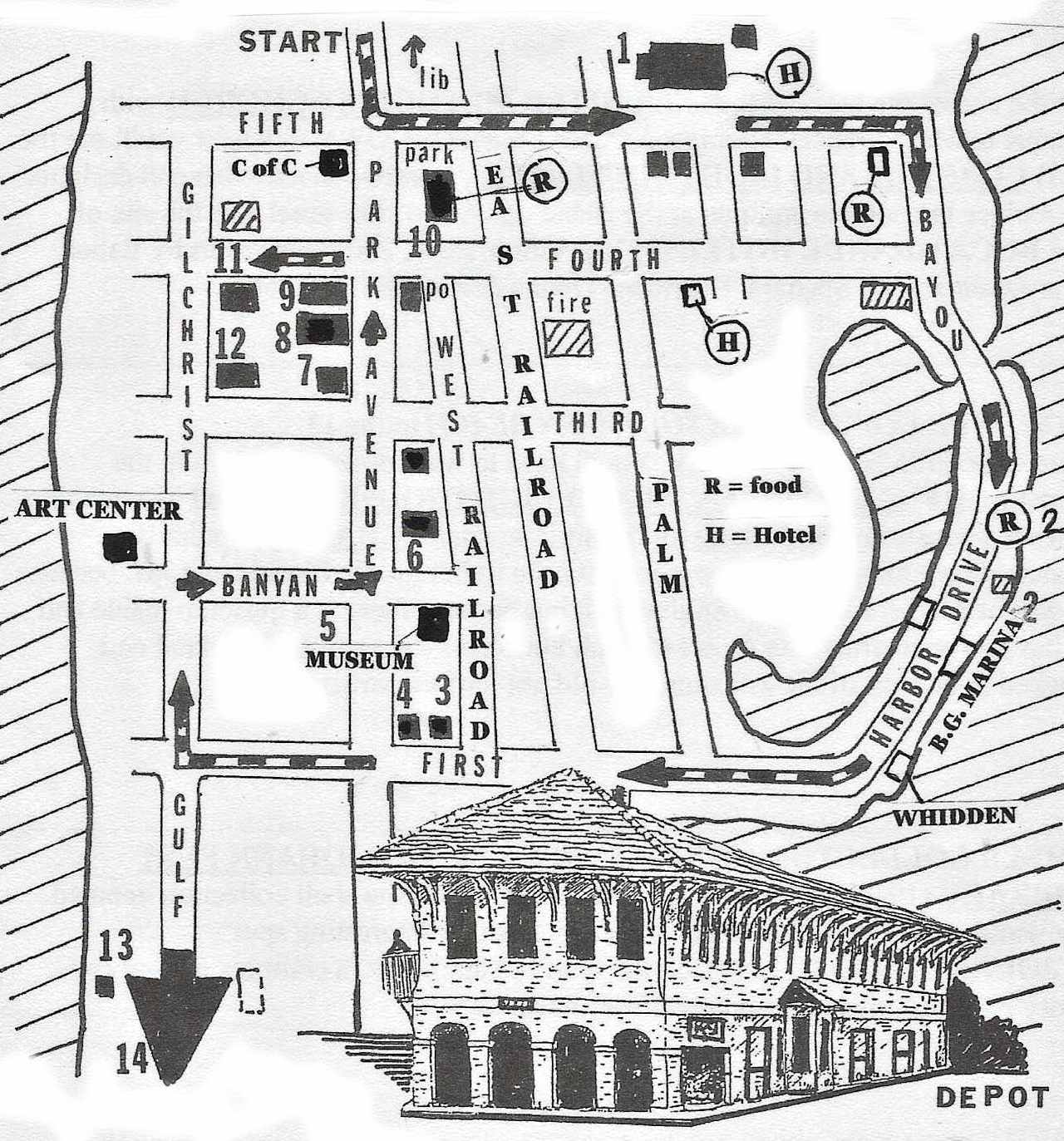Are you searching for a comprehensive guide to the intriguing ruins and storied past of Pompeii? Then, "Pompeii: A Journey Through Time, Exploring The Buried City's Ruins And History" is the perfect resource for you! This captivating publication offers an unparalleled exploration into this ancient metropolis, frozen in time by a cataclysmic volcanic eruption.
Editor's Notes: "Pompeii: A Journey Through Time, Exploring The Buried City's Ruins And History" have published today date. Due to its captivating insights into the daily lives, culture, and architecture of the Roman Empire, this topic is of paramount importance.
Through meticulous analysis and extensive research, our team has meticulously crafted this guide to provide an in-depth understanding of "Pompeii: A Journey Through Time, Exploring The Buried City's Ruins And History." This multifaceted resource empowers you with the knowledge to make informed decisions.
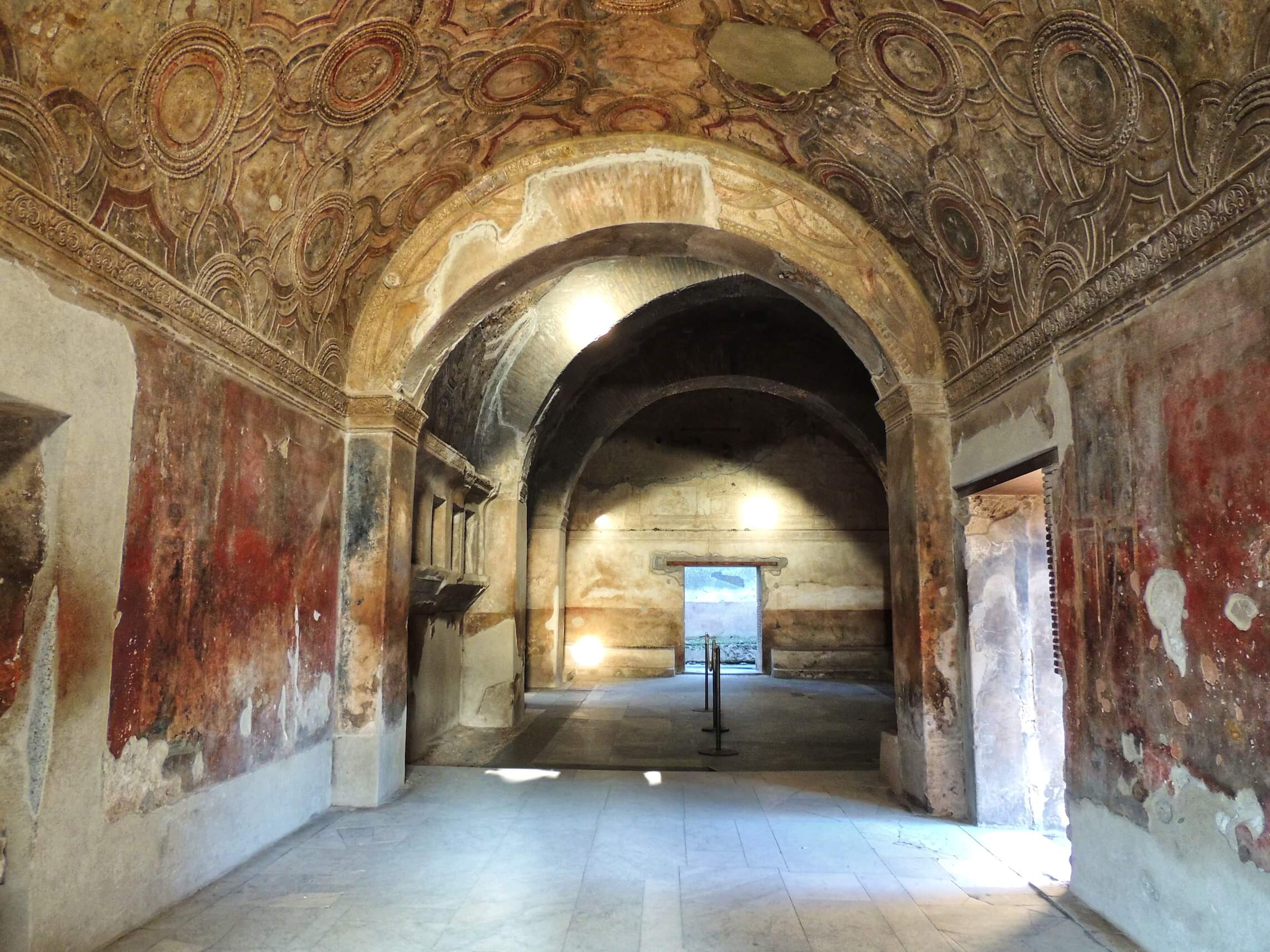
Pompeii Virtual Tour | ThroughEternity - Through Eternity Tours - Source www.througheternity.com
Key Differences
| Feature | Pompeii: A Journey Through Time, Exploring The Buried City's Ruins And History |
|---|---|
| Publication Date | Today Date |
| Comprehensiveness | Extensive coverage of Pompeii's history, ruins, and significance |
| Accessibility | User-friendly format and engaging narrative |
| Value | Invaluable insights for history enthusiasts, travelers, and students |
Main Article Topics
FAQ
Interested visitors seeking to delve deeper into the ruins of Pompeii often have questions about its history and significance. This FAQ section provides answers to common queries, shedding light on this ancient city's captivating story.
Boca Grande's Historic District - Source mybocagrandehome.com
Question 1: What is Pompeii known for?
Pompeii, an ancient Roman city located near Naples in Italy, gained notoriety for its catastrophic destruction by a volcanic eruption from Mount Vesuvius in 79 AD. The eruption buried the city under layers of ash and pumice, preserving it in a remarkable state of preservation.
Question 2: How big is the archaeological site of Pompeii?
The archaeological site of Pompeii encompasses an area of approximately 66 hectares (163 acres). Visitors can explore the ruins of homes, temples, baths, and other public spaces, providing a glimpse into the daily life and culture of an ancient Roman city.
Question 3: How did the eruption of Mount Vesuvius preserve Pompeii?
The sudden and violent eruption of Mount Vesuvius buried Pompeii under a thick layer of volcanic ash and pumice. This layer acted as an effective insulator, preventing the city from being destroyed by fire or water damage. The ash also preserved organic materials, such as wood, cloth, and even food, providing researchers with invaluable insights into Roman life.
Question 4: What is the best time to visit Pompeii?
The best time to visit Pompeii is during the shoulder seasons (April-May and September-October) when the weather is pleasant and there are fewer crowds. Summer months can be hot and crowded, while winter months can be cold and rainy.
Question 5: Is it possible to walk around the ruins of Pompeii independently?
Yes, it is possible to walk around the ruins of Pompeii independently. However, hiring a licensed guide is highly recommended as they can provide valuable insights into the history and significance of the site.
Question 6: What other nearby attractions can be visited in conjunction with Pompeii?
In addition to Pompeii, several other fascinating attractions are located in the Campania region of Italy. These include the ancient Roman ruins of Herculaneum, the archaeological site of Paestum, and the scenic Amalfi Coast.
Pompeii is a treasure trove of archaeological discoveries that offers a unique glimpse into the past. By exploring its ruins and learning about its history, visitors can gain a deeper understanding of Roman civilization and the enduring legacy of this ancient city.
To learn more about the fascinating history and legacy of Pompeii, continue reading the following sections.
Tips
Planning a visit to Pompeii, Italy? Immerse yourself in history and explore the ruins of an ancient Roman city. Consider these tips to enhance your experience:
Tip 1: Plan ahead and book early
Visiting Pompeii during peak season can be overwhelming. Avoid crowds by booking your tickets and a guided tour in advance. This ensures a smoother entry and allows you to explore the city at your own pace.
Tip 2: Wear comfortable shoes
Pompeii is a large site, and you will be doing a lot of walking. Wear sturdy and comfortable shoes that can withstand uneven terrain and cobblestone streets.
Tip 3: Bring water and sunscreen
Pompeii offers limited shade, so it's essential to stay hydrated and protected from the sun. Bring a refillable water bottle and apply sunscreen regularly.
Tip 4: Take a guided tour
While you can explore Pompeii independently, a guided tour offers a deeper understanding of the city's history and significance. Consider hiring a professional guide who can provide insights and reveal hidden details.
Tip 5: Visit the Pompeii: A Journey Through Time, Exploring The Buried City's Ruins And History museum
Located near the ruins, the Pompeii museum houses artifacts, frescoes, and sculptures recovered from the site. This museum provides a comprehensive look at the city before its tragic eruption.
By following these tips, you can fully appreciate the grandeur and tragedy of Pompeii, a city frozen in time.
Explore the
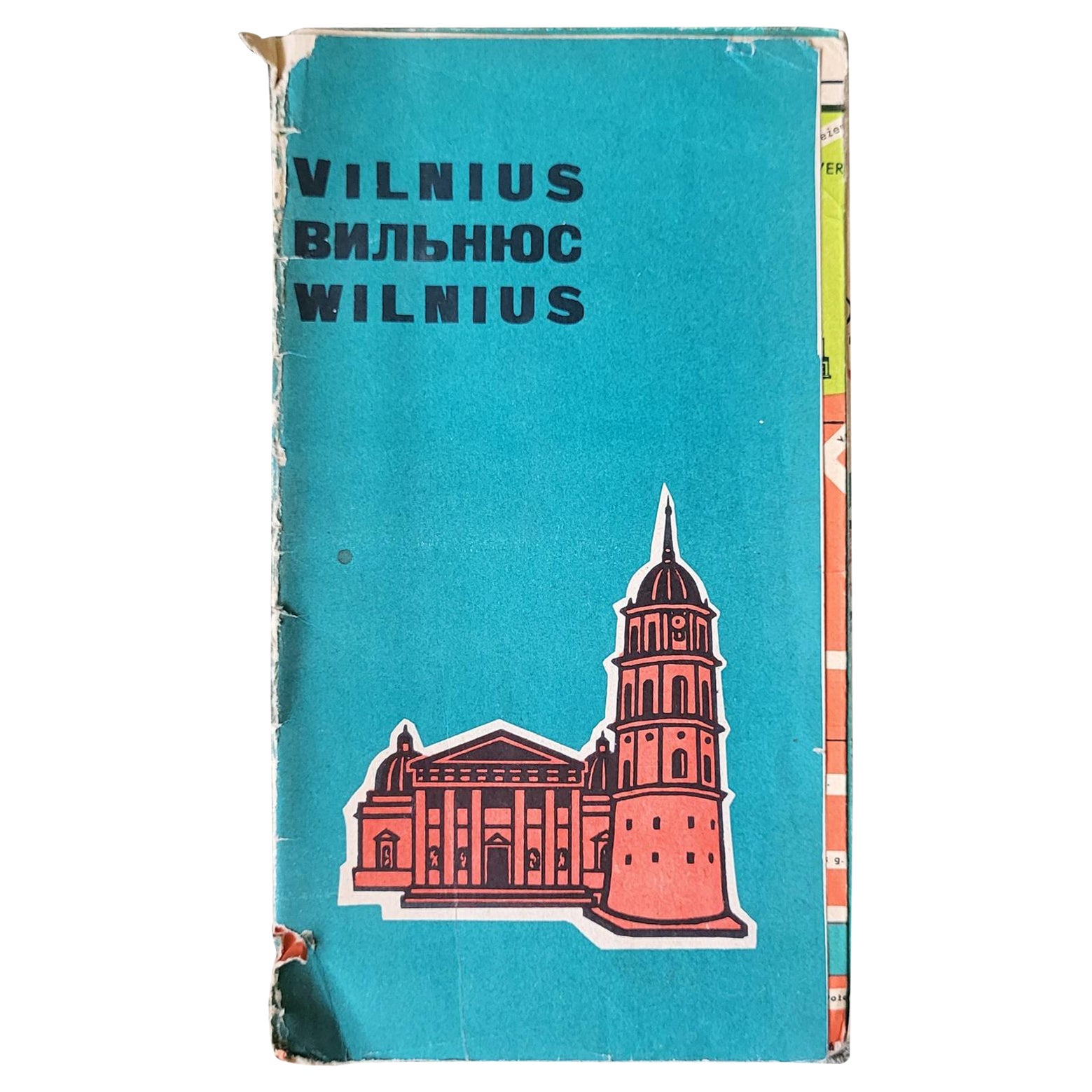
Journey through Time: Vintage Tourist Map of Vilnius, circa 1964 1j15 - Source www.1stdibs.com
vibrant ruins of Pompeii, a UNESCO World Heritage Site, and discover the fascinating story of its ancient inhabitants.
Pompeii: A Journey Through Time, Exploring The Buried City's Ruins And History

Premium AI Image | Vintage Milk Delivery Truck Vector Journey Through - Source www.freepik.com
Pompeii offers a unique glimpse into the past, providing valuable insights into Roman life and culture. Preserved by the volcanic eruption of Mount Vesuvius in 79 AD, its ruins offer tangible evidence of the tragedy, showcasing life frozen in time.
- Buried City: Pompeii was once a thriving city, but is now a buried site, preserved due to the volcanic eruption.
- Extinct Lives: The ruins provide evidence of the lives of the people who lived in Pompeii before the eruption, including their homes, businesses, and everyday objects.
- Tragedy and Resilience: The eruption was a catastrophic event, but the ruins also show the resilience of the human spirit, as the people of Pompeii attempted to survive and rebuild.
- Historical Insights: Pompeii offers valuable insights into Roman life, architecture, and culture, providing a tangible connection to the ancient world.
- Modern Excavation: The site continues to be excavated and studied, revealing new discoveries that deepen our understanding of Pompeii and its people.
- Ongoing Preservation: The preservation of Pompeii is an ongoing effort, ensuring that this unique site can continue to provide insights into the past.
Through the exploration of these key aspects, we gain a comprehensive understanding of Pompeii's significance. The buried city offers a powerful reminder of the fragility of life, the resilience of the human spirit, and the enduring value of preserving our past.
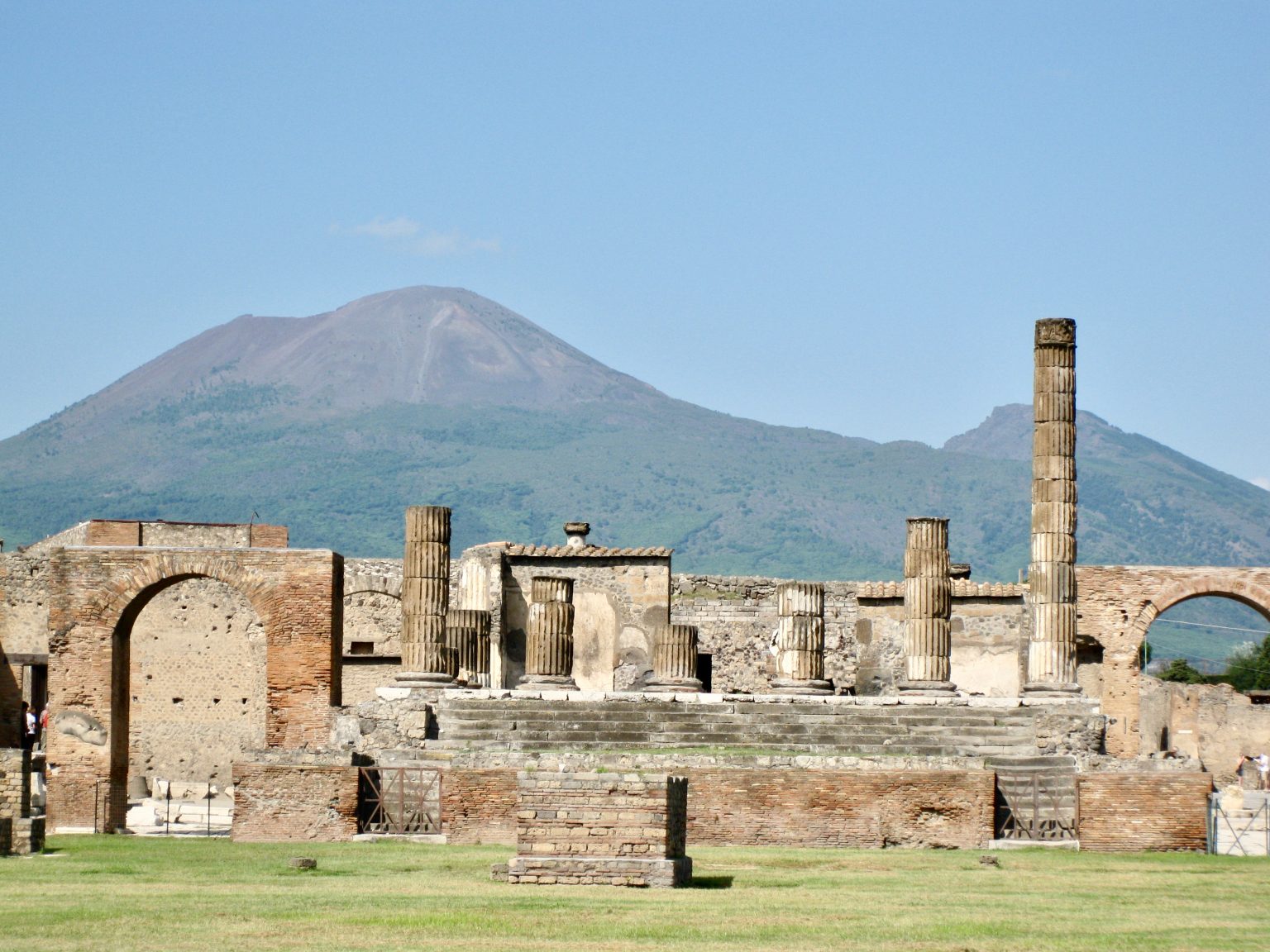
Things to see in Pompeii, Italy | Velvet Escape - Source velvetescape.com
Pompeii: A Journey Through Time, Exploring The Buried City's Ruins And History
"Pompeii: A Journey Through Time, Exploring The Buried City's Ruins And History" transports the reader to the fateful day in 79 AD when the thriving Roman city of Pompeii was decimated by a volcanic eruption from Mount Vesuvius. This article delves into the significant connection between the ruins and history of Pompeii, shedding light on the catastrophic event that shaped its destiny.
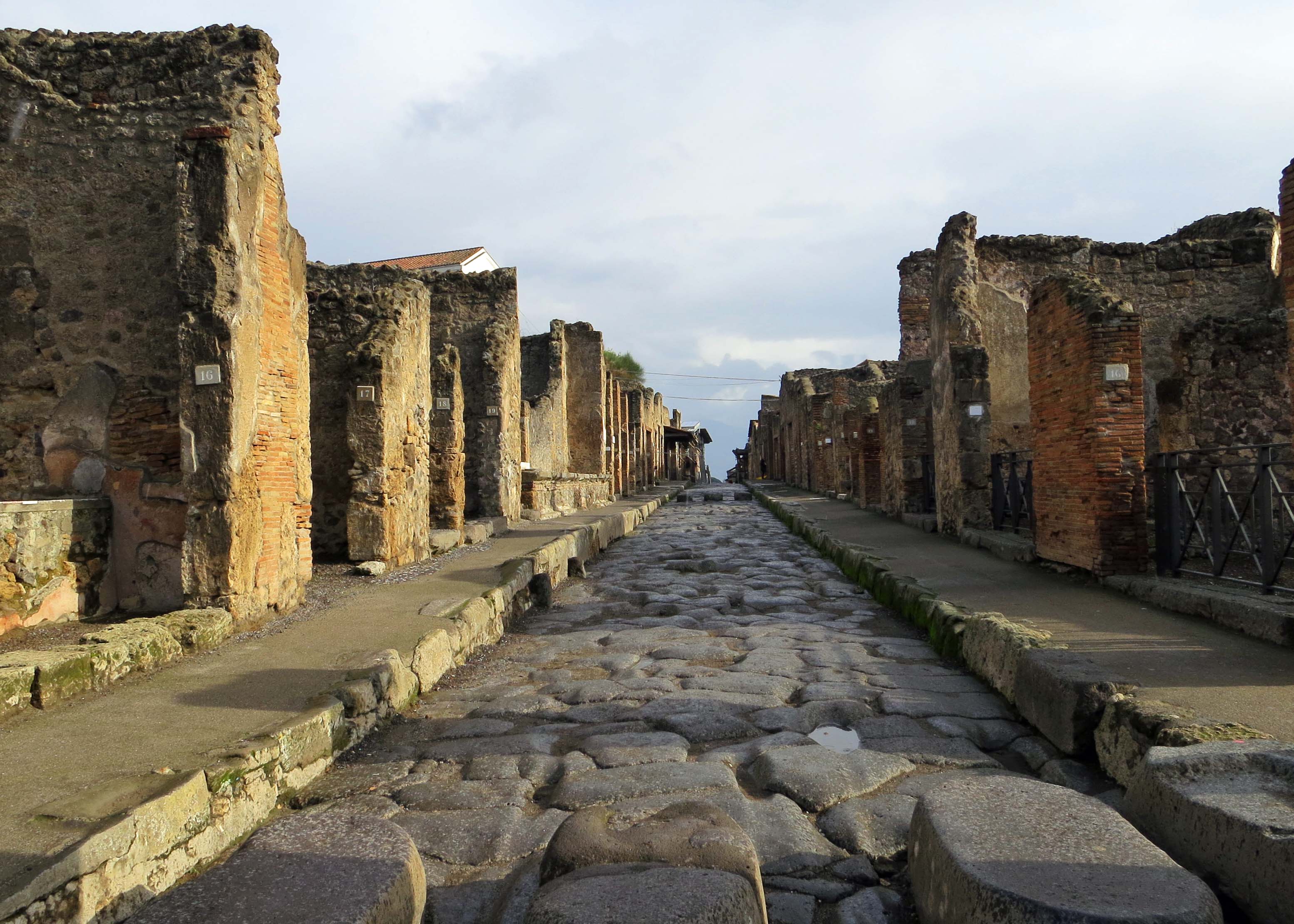
Pompeii: A City Buried Alive… Seaports of the Mediterranean | Wandering - Source wandering-through-time-and-place.com
The exploration of Pompeii's ruins provides a tangible connection to the past, offering insights into the daily lives, architecture, and social structure of the Roman Empire. The preserved streets, homes, and public spaces reveal the vibrant and complex nature of Pompeii, showcasing its advanced engineering, opulent frescoes, and intricate mosaics.
Through the examination of historical records and archaeological evidence, the narrative of Pompeii's destruction emerges. The eruption of Mount Vesuvius unleashed a deadly combination of pyroclastic flows and ash, burying the city under a thick layer of debris. The sudden and violent nature of the disaster allowed for a remarkable preservation of human remains and artifacts, providing a unique window into the lives and deaths of those who perished.
